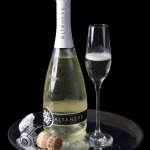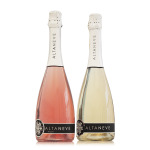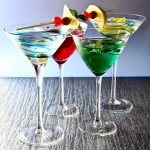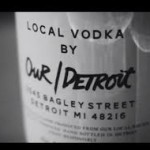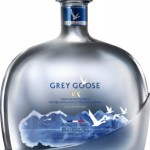A Tequila product from India?
Yes, that’s right. But, even though Agave India produces an outstanding 100% Agave product, the term ‘Tequila’ or even ‘Mezcal’ is protected by designation of origin registration and reserved for use by Mexico.
(You’ll find previous blog posts on how the agave plant found its way to India from Mexico here and issues related to Appellations of Origin (AO) here.)
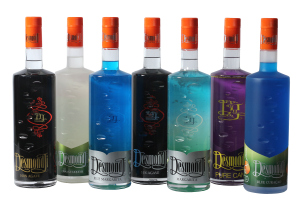
As a result, Agave India Industries Pvt Ltd, the craft distiller behind Agave India, can only use the generic Agave designation and be content with the following on their promotional material:
100% Agave product, a gift of the blue-green Agave plant.
A plant grown in the red and black volcanic soils of India’s Deccan plateau and nourished in a semi-arid micro-climate similar to that of Central America.
In other words, it walks like a duck, squawks like a duck, tastes like a duck but… it is not a duck. Or, better, you can’t call it a duck.
Undeterred by this and secure in the knowledge that he makes world-class spirits products, Desmond Nazareth (under the brand name DesmondJi®) has been producing his products since 2011.
Meet DesmondJi®
The term Ji is a suffix used in India as a sign of respect, also known as an honorific and comparable to the Japanese –san or the Mexican Don, as in Don Julio. Kind of ironic actually, since I couldn’t tell the difference between DesmondJi 100% Agave and Don Julio Blanco in a blind taste test. Yes, it is that good.
Desmond is a graduate of the Indian MIT known as Indian Institute of Technology Madras (IIT-M) and moved to the US as a software entrepreneur. In 2000, he moved back to India. But, while in the States, his home bar became known among his friends as the place to go for the best margaritas. Alas, back in India, tequila products were not widely available (still aren’t due to tariffs) much less orange liqueurs or margarita blends. Too bad, he thought.
But, if you’re an entrepreneur, a problem can easily become an opportunity.
Desmond spent several years researching agave plants and the making of agave spirits including visits to Mexico to understand cultivation and

distillation. Back in India, he recalled seeing the distinctive agave plant in the Deccan plateau. The next thing you know, he builds a micro-distillery and produces a range of products. Agave India is the country’s first fully integrated “field to bottle” alcohol beverage company focusing on global spirits made to international standards with Indian raw materials and know-how.
When he and I spoke I asked him what the enormous agave plants were used for before he came along. His answer, “They were used as fences.”

A portfolio of 8 products
Under the DesmondJi® label, the company produces a 100%, a 51% Agave spirit and a 51% Agave Gold spirit with an oak finish. In addition, they have an Orange and Blue Curacao liqueur made with the Nagpur orange. After all, you can’t make a decent margarita without an orange liqueur and if you’re using Indian agave, you also should use a liqueur made from Indian oranges. In addition, they produce alcoholic margarita blends or, as we call it, a premixed margarita.
Finally, the portfolio also contains a Pure Cane spirit (think cachaça) made from locally grown sugar cane.
Challenges
While India is primarily a (scotch) whisky drinking country, white spirits like vodka and tequila have shown growth and future promise. But, for now at least, non-whisky alcohol products are a drop in the barrel, ur, bucket.
Desmond would like to set his sights on the US, the largest tequila consuming market in the world. But, I don’t need to tell you that while not yet saturated, the US tequila market is very cluttered. Can a craft agave spirit from India gain a foothold? Even if its terroir and geographic location is comparable to that of Mexico?
Still, the Indian population in the US (according to The Times of India) is the third largest from Asia, after those from China and the Philippines. They are mainly centered in the Boston to DC megalopolis and in Northern California. Further, I’ve been told that more than 60% of retailers in New Jersey are from the Indian sub-continent and in New York City, roughly 45%.
So the challenge is – will consumers from India or of Indian ancestry, have an interest in agave spirits from India? Will retailers?
Maybe the answer is that it’s not about national pride or appellation alone. Maybe it’s about a high quality product that uses these two elements to kick start a venture in the US.
To me it’s like brandy vs. cognac or champagne vs. prosecco – it’s not about nomenclature, it’s about quality.
What do you think?




